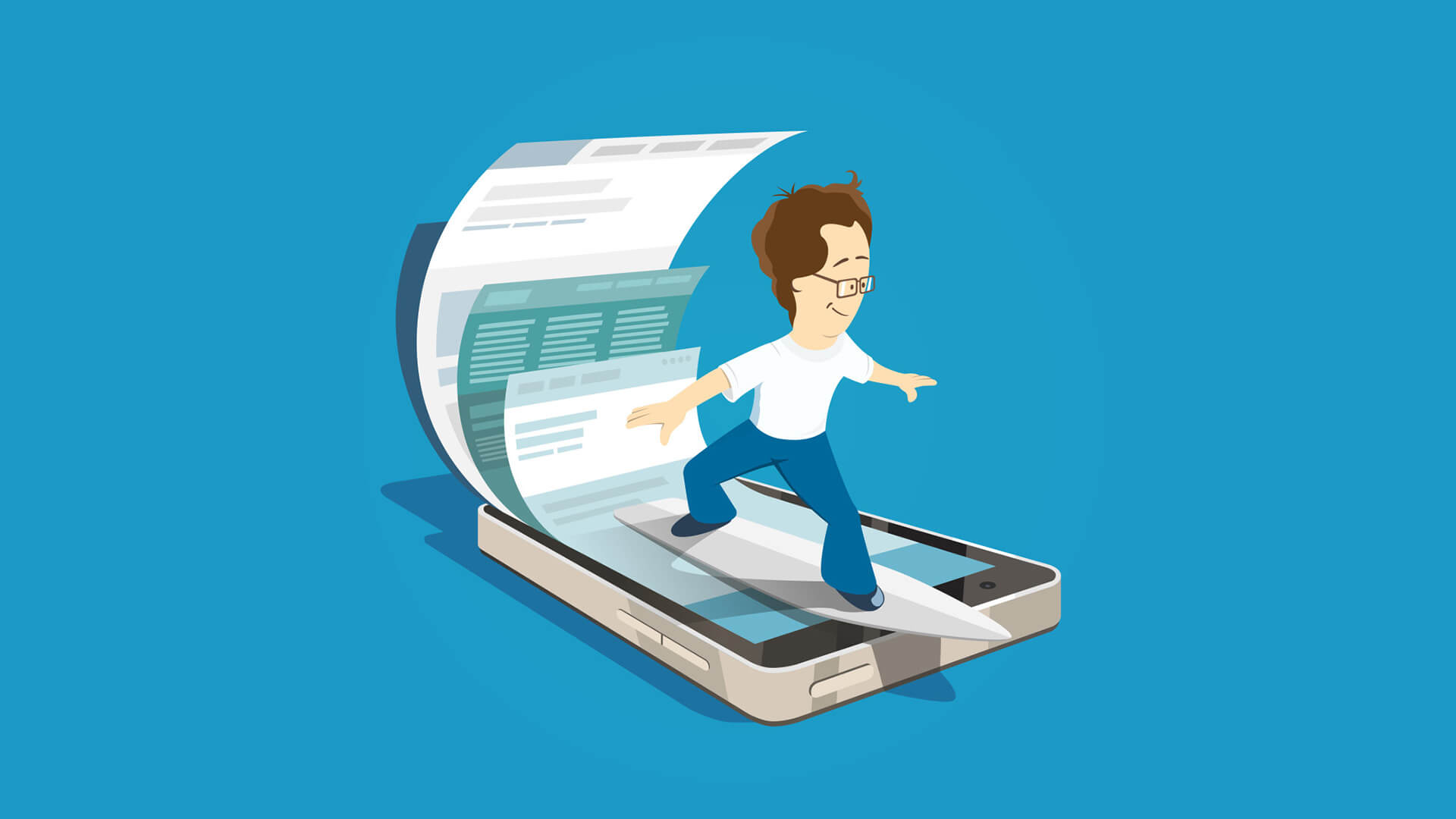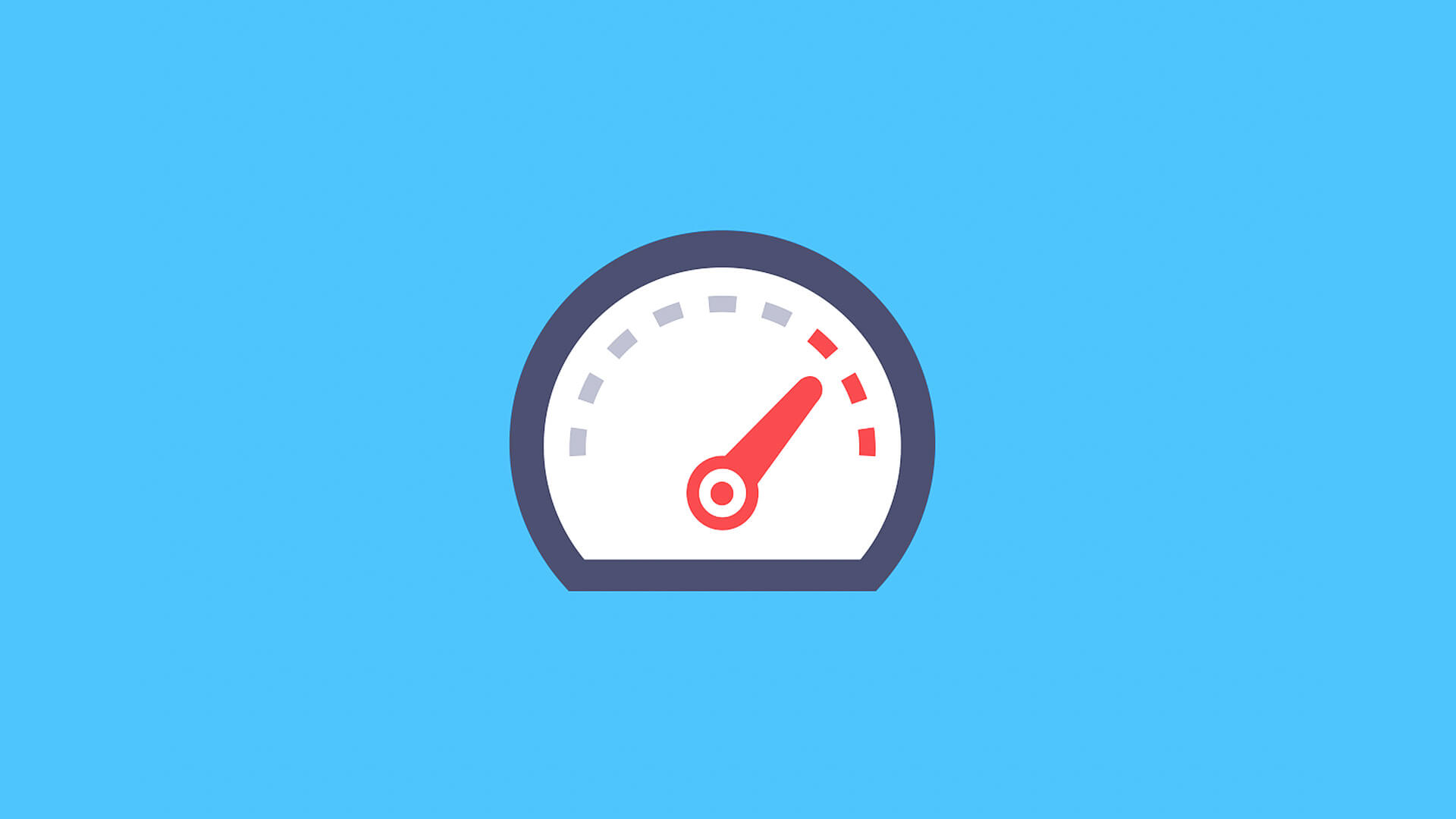Advantages of Mobile Web Design
Mobile web have limitations but have also some advantages the biggest benefit that the user can access information from anywhere at any time, also the numbers of mobile devices is higher than the desktop so there is a big chance to access information from this devices than desktop.
There is some other advantage to use mobile web like make a call or send short message service (SMS) it seems simple but it’s great option for web site owner, imagine that you have a web site for fast food and your users can make online order, if you are a desktop user you will do this steps, open the web site select any meal that you want then fill a form with all your data, but if you are a mobile user you will just select your meal and simply use a link to call the restaurant to complete the order or simply send SMS to order this is an easy task that could done only to mobile users using the mobile code features for this.
OneHoster is one of the best web hosting companies in Egypt, we offer many web hosting packages in Egypt and middle east like, cPanel storage hosting packages, cloud hosting, domain registration, dedicated servers solution, Email hosting, WordPress hosting, web hosting upgrades and hosting renewals to suit your requirements to host your website for small and medium sized businesses. OneHoster is also one of the top 10 website design companies, and top 10 digital marketing companies in Egypt and Middle east.
“OneHoster’s Team”
Cloud Service Model
Cloud services are the basic principle behind the emergence of cloud computing. As explained earlier, there are generally four types of deployment approaches which are private clouds, public clouds, community clouds, and hybrid clouds. Meanwhile, there are three main categories of services that can be offered by any cloud architecture and technology. The first category is Infrastructure as a Service (IaaS) which is a concept of providing the whole IT infrastructures such as storage, virtual environment, servers, platforms, and applications. The second category is Platform as a Service (PaaS), which is a concept of providing a complete service level application development environment, as a service over the Internet right from requirements to the complete life cycle. Last category is Software as a Service (SaaS) which is a concept of providing software applications as a service on demand over the Internet that means it can be run anywhere and anytime. In addition to pay per use rather than to buy, Figure 1.1 illustrates the cloud services model overview.
Figure 1.2 illustrates the service models and the cloud deployment models. All the services can be delivered on any of the cloud delivery models, PaaS and SaaS is often used in conjunction with other software. When they are used as a component of another application, this is called a plug-in or mashup.
Infrastructure as a service (IaaS)
IaaS is simply the physical and virtual resources used to build the cloud. IaaS composed essentially from hardware devices like visualized servers, storage units, networking devices, etc. It refers to a virtualization environment where services enable the cloud platforms and applications to connect and operate. This is the data center(s) and the cost is often based on the resources used. IaaS delivers cloud computing services, typically in the form of a set of virtual machines with associated storage, processing capabilities, and other relevant services and network connectivity.
The deployment model for enables multiple applications, owned by different cloud consumers, to transparently share common underlying physical resources. This is a good alternative for companies instead of investing on their own stuff. The service layer model from bottom to top is IaaS, PaaS and SaaS. IaaS layer is at the bottom of the service model layer. The layer on top of IaaS is PaaS and it is common to build PaaS solutions on top of the IaaS environment to allow the platform to dynamically respond to demand by taking advantage of the IaaS functionality. Figure 1.3 illustrates the cloud service model layers.
Many researchers have attempted to define cloud frameworks by adding other essential components, such as management, quality, security and communication to the basic cloud structure IaaS, PaaS and SaaS. There is an overlap of cloud provision between the three layers, for example a component of information system platform as PaaS may be regarded as part of information system infrastructure as IaaS. Also SaaS may be considered as part of a software platform as PaaS.
Platform as a service (PaaS)
PaaS is considered as the complete cloud computing platform that provides provision and manages the cloud infrastructure. In addition, it provides deployment, development, and administration tools. Elasticity of the model is achieved by scaling up or down based on the system needs. The fault tolerance and the load balancing might be provided for the database management system to increase the reliability and enhance the performance. The Hardware as a service (HaaS) appears under the PaaS layer. Figure 1.4 illustrates the service model hierarchies. Pricing can be managed in this level on many dimensions to establish cloud platform, operating systems, database management systems, Web servers, programming language, etc.
PaaS is an abstract concept, unlike IaaS and SaaS. PaaS would be in the middle of the service layer model, with IaaS at the bottom and SaaS on the top to interface with the end users and consumers. What is being provided is part from the operating system and part from middleware. A proper PaaS provider takes care of everything needed to run some specific language or technology stack. PaaS provides a care free environment for developers to work, thus allow the developers to focus on coding and free from the configuration and maintenance of the underlying platform. By using PaaS, developers simply pick the languages and the required features, match those requirements with a provider that has them, and start coding. The support for Web development interfaces is available in PaaS, such as Simple Object Access Protocol (SOAP) or Representational State Transfer (REST). This allows the design and development of multiple Web services or mashup to reuse services or access databases.
Software as a service (SaaS)
Known as on-demand software, it provides the complete software solutions system, such as Customer relationship management (CRM), social networks, documentation management and content management. It is also a software delivery method to provide access to software and the corresponding functions remotely as a Web-based service. SaaS allows organizations to access business functionality at a cost typically less than paying for licensed applications. Software is hosted over cloud and users don’t need to invest in additional hardware. SaaS removes the need for organizations to handle the installation. Usually, the refer to the cloud most mean what is provided in SaaS. The services and their related data can be used combined or directly with SaaS providers. The benefits of using SaaS can be summarized as follows:
- Easier administration.
- Automatic updates and patch management at any time.
- Compatibility so that all users will have the same version of the software.
- Easier collaboration.
- Global accessibility.
SaaS services normally run behind a firewall on a network and provide on-demand usage. It is known as pay as you go paradigm, and customer will purchase functionality and pay for using it. Sometimes this service is available to general public totally free of charge. There is much more advantages for this approach include readily available, well tested functionality, ease of use, faster implementation, multi tenant efficiency, scalability, reliability and ease of management. SaaS is located at the top of the cloud service model and use the services provided by the lower layers. Figure 1.5 illustrates the cloud computing service relationships for IaaS, PaaS and SaaS.
SaaS offer benefits for both the users and the cloud computing providers. There is an effect of cloud computing for cloud providers and SaaS providers and cloud users. The top level can be recursive in which SaaS providers can also be SaaS users. For example a mashup provider of rental maps might be a user of the Craigslist and Google maps services.
Network as a service (NaaS)
After exploring the three main cloud services, here is a description for some other extra categories of cloud services, like NaaS, HaaS and DaaS. NaaS is considered to be part of the nomenclature of cloud computing. NaaS is based on describing the use of network connectivity services capability provided to the cloud service user. The optimization of resource allocations by network and computing resources is involved in NaaS. NaaS provides a cloud enabled pay as you go procurement model for network infrastructure and services and enables the network to be available as a subscription. This could be implemented in routers or cloud Virtual Private Network (VPN) gateways.
Traditional NaaS services include flexible and extended VPN and bandwidth on demand. Naas Service Model varies depending on the network enabler, the network user, and the service provided. Below is a description for the common models of NaaS :
- Virtual Private Network (VPN)
This model extends a private network and the resources contained in the network across public networks like the Internet. It enables a host computer to send and receive data across shared or public networks as if it were a private network with all the functionality and policies of the private network.
- Bandwidth on Demand (BoD)
Technique by which traffic bandwidth in an IT or telecom network is assigned based on requirements between different nodes or users. Under this model, the link bandwidth is dynamically adapted to the instantaneous traffic demands of the nodes connected to the link.
- Mobile Network Virtualization
Most common implementation of mobile virtual network is the Mobile Virtual Network Operator (MVNO), in which a mobile communication service provider does not own the radio spectrum or wireless network infrastructure over which the MVNO provides services to its customers.
Hardware as a service (HaaS)
Instead of purchase servers, software racks, and having to pay for the datacenter resources, the service provider rents those resources. Cloud provides application to customers using PaaS and SaaS, HaaS simply offers the hardware to the organization to utilize. With HaaS, it is possible to rent resources such as server space, memory, CPU cycles, storage space, or even network equipment. HaaS is considered as a service provision model for hardware based on the application resources needs. HaaS enables the dynamic scale up or down of the infrastructure and billing is based on the resources usage.
HaaS is considered as a sub category from PaaS as Figure 2.20 explained. PaaS provides the platform and the hardware which always available as a service through hosting providers. With dedicated hosting, the users still have to deal with dirty hardware issues like scalability, but using HaaS makes it a totally good experience. HaaS involves several pieces, such as:
- Service level agreements: an agreement between the provider and the client, guaranteeing a certain level of performance from the system,
- Computer hardware: These are the components whose resources will be rented out. Service providers often have this set up as a grid for easier scalability,
- Network: This includes hardware for firewalls, routers, load balancing, etc.,
- Internet connectivity: This allows clients to access the hardware from their own organizations,
- Platform virtualization environment: This allows the clients to run the virtual machines of their choice, and
- Utility computing billing: Typically set up to bill customers based on how many system resources are used.
Data as a services (DaaS)
DaaS is a sub category SaaS that is based on the concept that data can be provided on demand to the user regardless of the geographic or organizational separation of the provider and the consumer. The idea behind DaaS is to avoid the complexity and cost of running local database. Data provided as a service was at first primarily used in Web mashups, but now is being increasingly employed both commercially and less commonly within organizations. Most enterprises have used data stored in a self contained repository for which software was specifically developed to access and present the data in a human readable form. One result of this paradigm is the bundling of both the data and the software needed to interpret it into a single package, sold as a consumer product.
DaaS brings the notion that data quality can exist in a centralized place which is responsible for cleansing and enriching data and offering it to different systems, applications or users. Irrespective of where they were in the organization or on the network. As such, DaaS solutions provide the following advantages:
- Ease of use: There are no servers to provision and no redundant systems to worry about. The users are not worry about buying, installing, or maintaining hardware for the database,
- Power: The database isn’t housed locally, but that doesn’t mean that it is not functional and not effective. Depending on the vendor, the user can get custom data validation to ensure accurate information.
- Integration: The database can be integrated with other services to provide more value and power, for example, the user can tie the data in a database with calendars, email, and people to make the work more powerful, and
- Management: Because large databases benefit from constant pruning and optimization, this task need expensive resources to accomplish. With some DaaS offerings, this management can be provided as part of the service for much less expenses. The provider will often use offshore labor pools to take advantage of lower labor costs.
OneHoster is one of the best web hosting companies in Egypt, we offer many web hosting packages in Egypt and middle east like, cPanel storage hosting packages, cloud hosting, domain registration, dedicated servers solution, Email hosting, WordPress hosting, web hosting upgrades and hosting renewals to suit your requirements to host your website for small and medium sized businesses. OneHoster is also one of the top 10 website design companies, and top 10 digital marketing companies in Egypt and Middle east.
“OneHoster’s Team”
Cloud Computing the Way of the Future
In traditional desktop, the whole scene is PC centric, run copies of software programs on each computer. The created documents are stored on the computer in which they were created. Documents can be accessed from other computers on the network and they can’t be accessed by computers outside the network unless configured otherwise. In cloud computing, the software programs aren’t run from the client computer, but are rather stored on servers accessed via the Internet. The software is available for use and anyone with the right permission can access the documents. Meanwhile, editing and collaborating with other users in real time can be done easily. Figure 1.1 illustrates that from traditional desktop applications to cloud applications, now companies will not pay for the hardware and maintenance, the service provider pays for the equipment and maintenance.
With network computing, applications and documents are hosted on a single company’s server and accessed over the company’s network. Cloud computing isn’t a network computing. Cloud computing encompasses multiple companies, multiple servers, and multiple networks. Unlike network computing, cloud services and storage are accessible from anywhere in the world over an Internet connection while in network computing the access is over the company’s network only. According to the user perspective the technology and infrastructure behind the cloud is invisible. Whether cloud services are based on HTTP, HTML, XML, JavaScript, or other specific technologies, there are six main properties of cloud computing:
- Cloud computing is user centric
Once users are connected to the cloud, the stored documents, messages, images, and applications can be accessed. In addition, not only is the data accessed, but also users can share with others and access all devices connected to the same cloud account.
- Cloud computing is task centric
Instead of focusing on the application and what it can do, the focus is on what the users need to be done and how the application can do it for them.
- Cloud computing is powerful
Connecting hundreds or thousands of computers together in a cloud creates a wealth of computing power impossible with a single desktop PC.
- Cloud computing is accessible
Because data is stored in the cloud, users can instantly retrieve more information from multiple repositories. Users are not limited to a single source of data, as with a desktop PC.
- Cloud computing is intelligent
With all the various data stored on the computers in a cloud, data mining and analysis are necessary to access that information in an intelligent manner.
- Cloud computing is programmable
Many of the tasks necessary with cloud computing must be automated. For example, to protect the integrity of the data, information stored on a single computer in the cloud must be replicated on other computers in the cloud. If that one computer goes offline, the cloud’s programming automatically redistributes that computer’s data to a new computer in the cloud.
OneHoster is one of the best web hosting companies in Egypt, we offer many web hosting packages in Egypt and middle east like, cPanel storage hosting packages, cloud hosting, domain registration, dedicated servers solution, Email hosting, WordPress hosting, web hosting upgrades and hosting renewals to suit your requirements to host your website for small and medium sized businesses. OneHoster is also one of the top 10 website design companies, and top 10 digital marketing companies in Egypt and Middle east.
“OneHoster’s Team”









